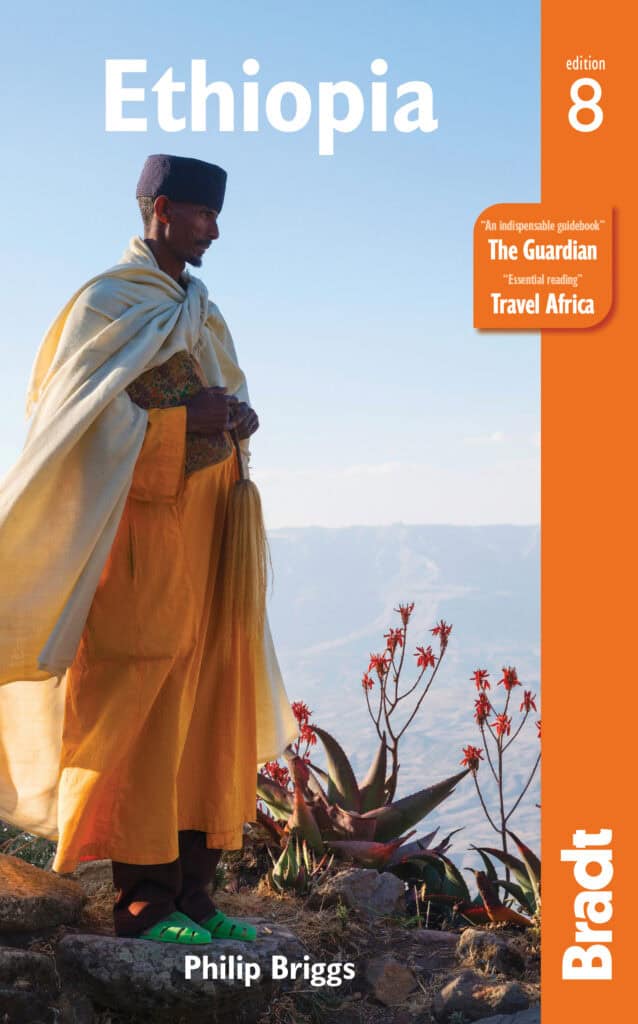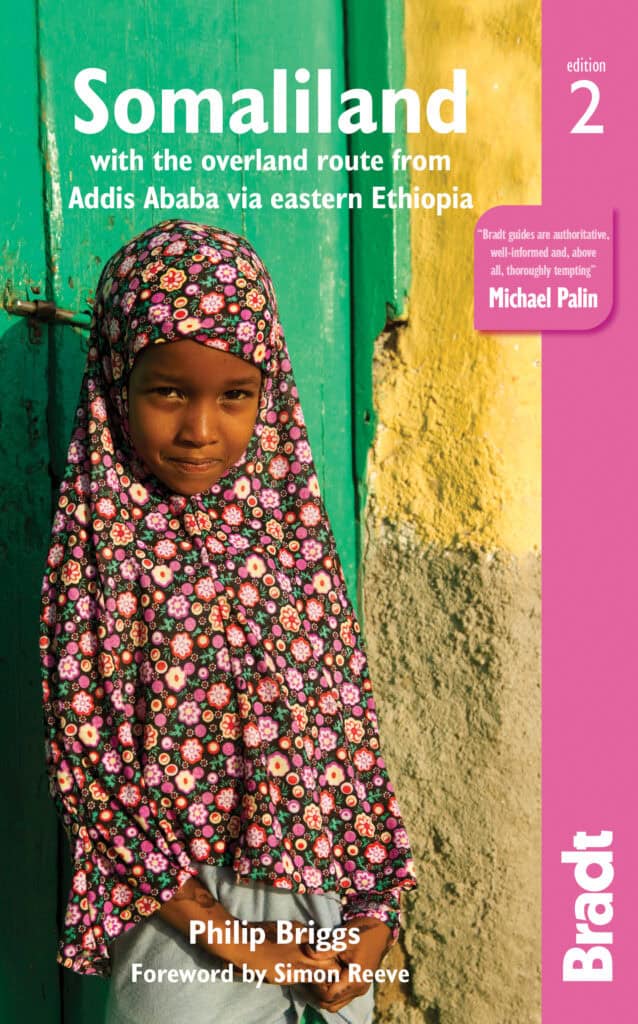In this article, we examine Africa’s impressive array of rock art
Las Geel, Somaliland
Thought to be around 5,000 years old, the magnificent rock art at Las Geel ranks among the oldest and best preserved of its type anywhere on the continent. It is made up of about a dozen individual painted shelters scattered on a granitic outcrop that rises from the confluence of two wadis (dry watercourses), a spot where the high water is reflected in the name Las Geel meaning ‘Camel’s Waterhole’.
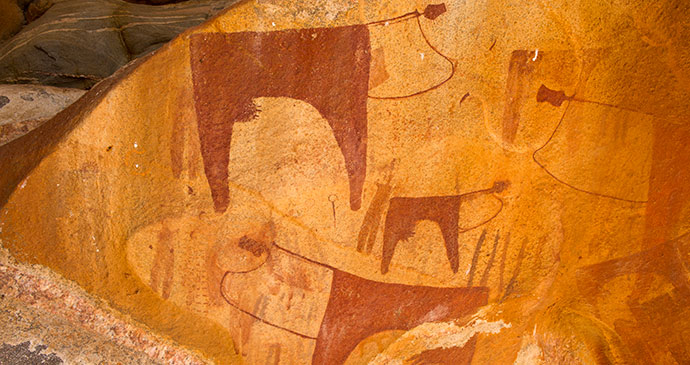
The paintings have been preserved in situ by their sheltered location and by the dry Somali climate, and they remain striking both for their vibrant colours and their rich complexity. Their presence also provides incontrovertible evidence that the pastoralist lifestyle was well established in the region thousands of years before it reached western Europe.
Kondoa rock art, Tanzania
Inscribed as a UNESCO World Heritage Site in 2006, the prehistoric rock art that adorns the Maasai Escarpment south of Tarangire is the most intriguing outdoor gallery of its sort in East Africa, and among the most ancient and stylistically varied anywhere on the continent.
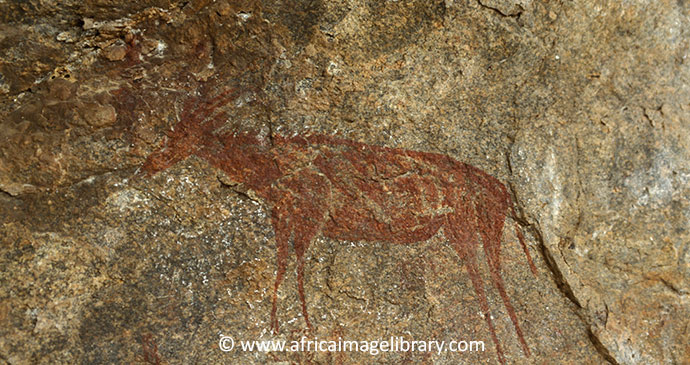
Although it extends over an area of 2,350km², the best-known panels are centred around the blink-and-you’ll-miss-it village of Kolo, which straddles the Arusha–Dodoma road between Kondoa and Babati.
Mwela rock paintings, Zambia
There are over 700 cave paintings outside Kasama, most of them to the east of the town, making this one of the richest areas for rock art anywhere in Africa. While a few of the images are representational, the tradition here is of enigmatic geometric designs that defy easy interpretation. The art is generally considered to be the work of the Twa people, around 2,000 years old, but has variously been dated to late Stone-Age peoples.
Nyero Rock Art Site, Uganda
Far and away the finest of the 20-odd prehistoric rock-art sites identified on the granite outcrops that scatter the plains around eastern Uganda, Nyero is also one of the most accessible, situated only 10km west of the main road between Mbale and Soroti. The site comprises six discrete painted panels set within a few hundred metres of each other on a prominent granite outcrop called Moru Ikara.
Most impressive is Panel Two, a 6m-high rock face reached via a narrow cleft between two immense boulders. At least 40 sets of red concentric circles are partially or wholly visible on the face, as is one ‘acacia pod’ figure.
Diana’s Vow, Zimbabwe
This is one of Zimbabwe’s most important rock-art sites, and although it’s a bit of a cross-country trek it is well worth the effort. The painting is on the underside of an overhanging granite rock, one of several massive boulders that form a natural amphitheatre. It is easy to see how early people would have looked on this as a sacred site, and the flat ground in front of the painting would surely have been the scene of many an ancient ritual.
Nsangwini Rock Art, Swaziland
Nsangwini preserves Swaziland’s best bushman paintings and is one of the country’s most impressive cultural attractions. Dating the paintings has, however, proved trickier: they could be anything from 400 to 4,000 years old, and were probably created over hundreds of years.
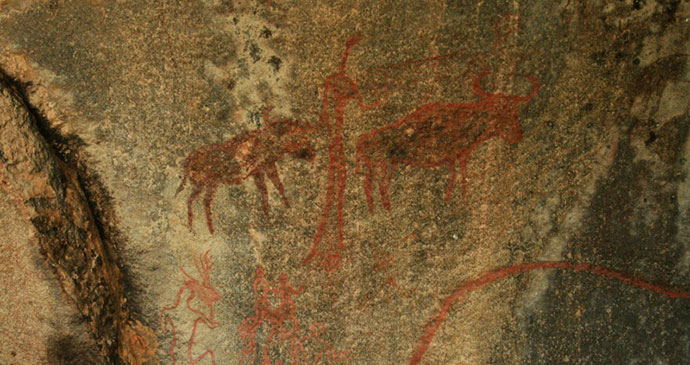
Whatever their age, this was the work of the San and pre-dates colonial times. On the rock you will see various animals clearly delineated, including elephant, lion and the only rock-art wildebeest south of the Zambezi. More intriguing are the human figures. Some are clearly hunters, walking in line bearing spears. Others are more bizarre, apparently floating on raised legs and embellished with feathers and, in one case, the head of a mantis.
Sharpe Rock Engravings, Ethiopia
The best-known and most important of several prehistoric rock engravings in the vicinity of Dilla, situated about 8km from the town centre, Shappe (also known as Manchiti) comprises a partially collapsed frieze depicting some 70 cattle moving herdlike along a vertical face at the top of a narrow river gully.
The individual figures at Shappe, ranging in length from 40 to 70cm, are nearly identical in their highly stylised form, with unnaturally small heads, large decorated horns and grossly engorged udders. The art also has many affinities with similar sites in the vicinity of Harar and parts of Somaliland.
Twyfelfontein, Namibia
Twyfelfontein was named ‘doubtful spring’ by the first European farmer to occupy the land – a reference to the failings of a perennial spring of water which wells up near the base of the valley. The valley was once known as Uri-Ais, and seems to have been occupied for thousands of years.
Then its spring, on the desert’s margins, would have attracted huge herds of game from the sparse plains around, making this uninviting valley an excellent base for early hunters. This probably explains why the slopes of Twyfelfontein, amid flat-topped mountains typical of Damaraland, conceal one of Africa’s greatest concentrations of rock art. At first glance, these just seem like rockstrewn hillsides. But the boulders that litter these slopes are dotted with thousands of paintings and ancient engravings, only a fraction of which have been recorded.
More Information
For more information, see our range of African guides

